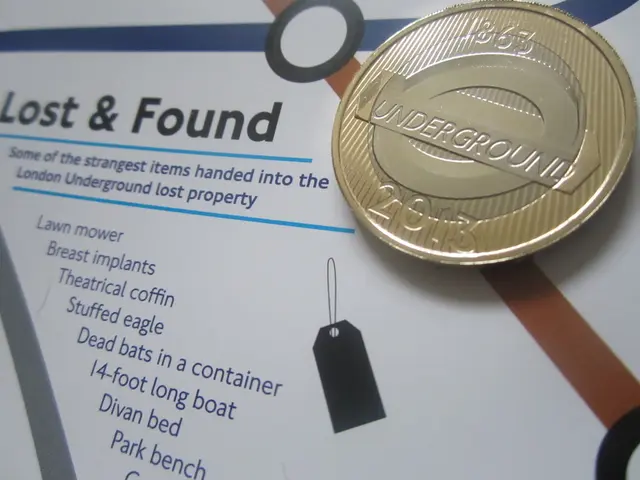South Africa's Crypto Sector Faces Money Laundering Risks, Warns FIC
The crypto landscape in South Africa faces several challenges, with some crypto asset service providers (CASPs) based overseas, potentially raising money laundering risks. The Financial Intelligence Centre (FIC) has expressed concerns about the sector's vulnerability to illicit activities.
A recent FIC report from April 2025 highlighted the issue of 25 South African CASPs having headquarters in Singapore, Switzerland, or the UK. This international presence, while not illegal, could pose risks due to varying regulatory oversight. The true number of active CASPs might be higher, as some entities may operate unregistered.
Regulatory uncertainty persists despite efforts to clarify rules. Over 5.8 million South Africans own crypto assets, but understanding of these assets and the services provided by CASPs remains low among the public. As of February 10, 2025, 256 CASPs had registered with the FIC, but lack of proper exchange control measures for crypto assets may exacerbate money laundering and terrorist financing risks. The FIC has warned the crypto community about these high risks in the CASP industry.
With many South Africans owning crypto assets and CASPs operating both locally and internationally, clear regulation and understanding of the sector are crucial. The FIC's warnings and reports underscore the need for robust oversight and public education to mitigate potential risks.
Read also:
- Germany Launches HoLa Project for Megawatt Charging on A2 Motorway
- Wallenius Wilhelmsen Leads Maritime Industry's Push to Net Zero Emissions by 2027
- Transforming Digital Inventories in the Food Industry: A Comprehensive Guide for Food Businesses
- Canada's Transportation Revolution: Hyperloop & Electric Air Taxis by 2026






